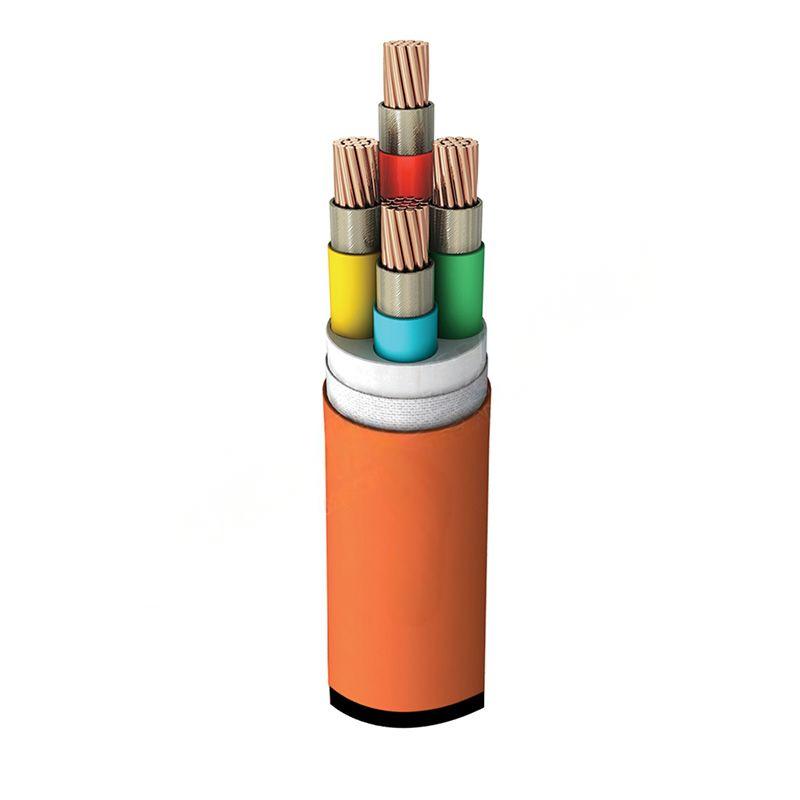Dec . 04, 2024 18:05 Back to list
lined check valve
Understanding Lined Check Valves A Comprehensive Overview
Lined check valves play a pivotal role in various industries by ensuring that fluids flow in only one direction, thus preventing backflow that could lead to system failures or inefficiencies. Unlike standard check valves, lined check valves are coated internally with a protective lining, typically made from materials such as rubber, PTFE (Polytetrafluoroethylene), or other elastomers. This coating enhances the valve's resistance to corrosion, abrasion, and chemical attack, making it highly suitable for harsh industrial environments.
Importance of Lined Check Valves
Lined check valves are particularly valuable in applications where the fluid medium is corrosive or where there is a risk of sediment being present. Industries such as chemical manufacturing, oil and gas, and wastewater treatment utilize these valves extensively. By effectively preventing backflow, they protect upstream equipment from potential damage and maintain the efficiency of fluid systems.
Key Features
1. Corrosion Resistance The liner protects the valve body from corrosive substances, extending the lifespan of the valve and reducing maintenance costs. This is especially important in environments where aggressive chemicals are transported.
2. Abrasion Resistance In systems that handle slurries or media containing solids, lined check valves offer enhanced durability against wear and tear. The protective lining helps maintain the valve's integrity, ensuring reliable operation over time.
3. Easy Installation and Maintenance Many lined check valves are designed for straightforward installation, often featuring standard flanged or threaded connections. Maintenance is also simplified due to the valve’s construction, which allows for easy access to internal components without the need for extensive disassembly.
4. Versatile Applications These valves can be used in various applications, including fluid transfer lines, water treatment facilities, chemical processing plants, and more. Their adaptability makes them a go-to choice for engineers and system designers.
lined check valve

How Lined Check Valves Work
Lined check valves operate on a simple yet effective mechanical principle. The valve allows fluid to flow in a designated direction while preventing it from flowing back. This is achieved through a moving component called a disc or ball that opens with the forward flow of fluid and closes when backflow occurs, sealing off the flow path. The lining material minimizes friction and enhances sealing performance, leading to increased reliability and efficiency.
Selection Considerations
When choosing a lined check valve, several factors must be taken into account
- Material Compatibility The lining material must be compatible with the type of fluid being transported. For example, PTFE is often used for its excellent chemical resistance, while rubber linings may be employed for systems handling less aggressive substances.
- Pressure and Temperature Ratings It is crucial to select a valve that can handle the pressure and temperature conditions of the application. Ensure that the chosen lined check valve complies with the necessary industry standards.
- Size and Flow Requirements The valve must be appropriately sized to accommodate the desired flow rates without causing excessive pressure drops.
Conclusion
Lined check valves represent an essential component in many industrial applications, providing reliable performance and protecting system integrity against backflow and corrosive substances. Their ability to withstand harsh environments while ensuring efficient fluid transport makes them indispensable in critical operations. As industries continue to evolve, the importance of choosing the right lined check valve will remain paramount, ensuring safety, efficiency, and longevity in fluid systems. Investing in quality lined check valves is not just a matter of compliance but a strategic decision that can yield significant benefits in terms of operational reliability and cost efficiency.
Share
-
Reliable Wafer Type Butterfly Valves for Every IndustryNewsJul.25,2025
-
Reliable Flow Control Begins with the Right Ball Check ValveNewsJul.25,2025
-
Precision Flow Control Starts with Quality ValvesNewsJul.25,2025
-
Industrial Flow Control ReliabilityNewsJul.25,2025
-
Engineered for Efficiency Gate Valves That Power Industrial PerformanceNewsJul.25,2025
-
Empowering Infrastructure Through Quality ManufacturingNewsJul.25,2025